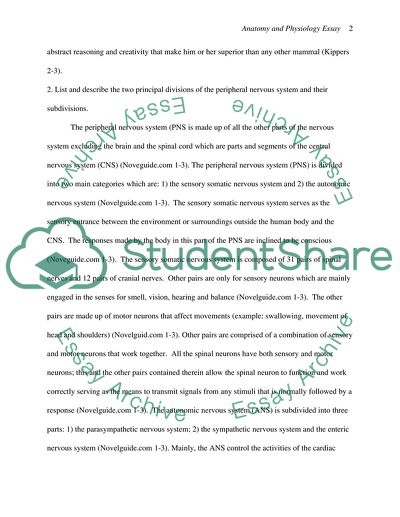Cite this document
(“The Bodys Senses and the Use of It Research Paper”, n.d.)
The Bodys Senses and the Use of It Research Paper. Retrieved from https://studentshare.org/health-sciences-medicine/1563259-anatomy-and-physiology-essay
The Bodys Senses and the Use of It Research Paper. Retrieved from https://studentshare.org/health-sciences-medicine/1563259-anatomy-and-physiology-essay
(The Bodys Senses and the Use of It Research Paper)
The Bodys Senses and the Use of It Research Paper. https://studentshare.org/health-sciences-medicine/1563259-anatomy-and-physiology-essay.
The Bodys Senses and the Use of It Research Paper. https://studentshare.org/health-sciences-medicine/1563259-anatomy-and-physiology-essay.
“The Bodys Senses and the Use of It Research Paper”, n.d. https://studentshare.org/health-sciences-medicine/1563259-anatomy-and-physiology-essay.


